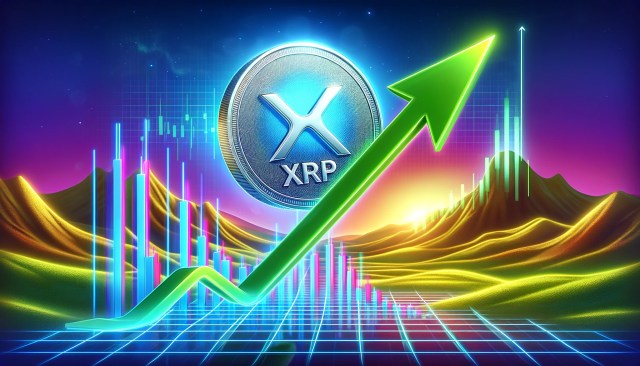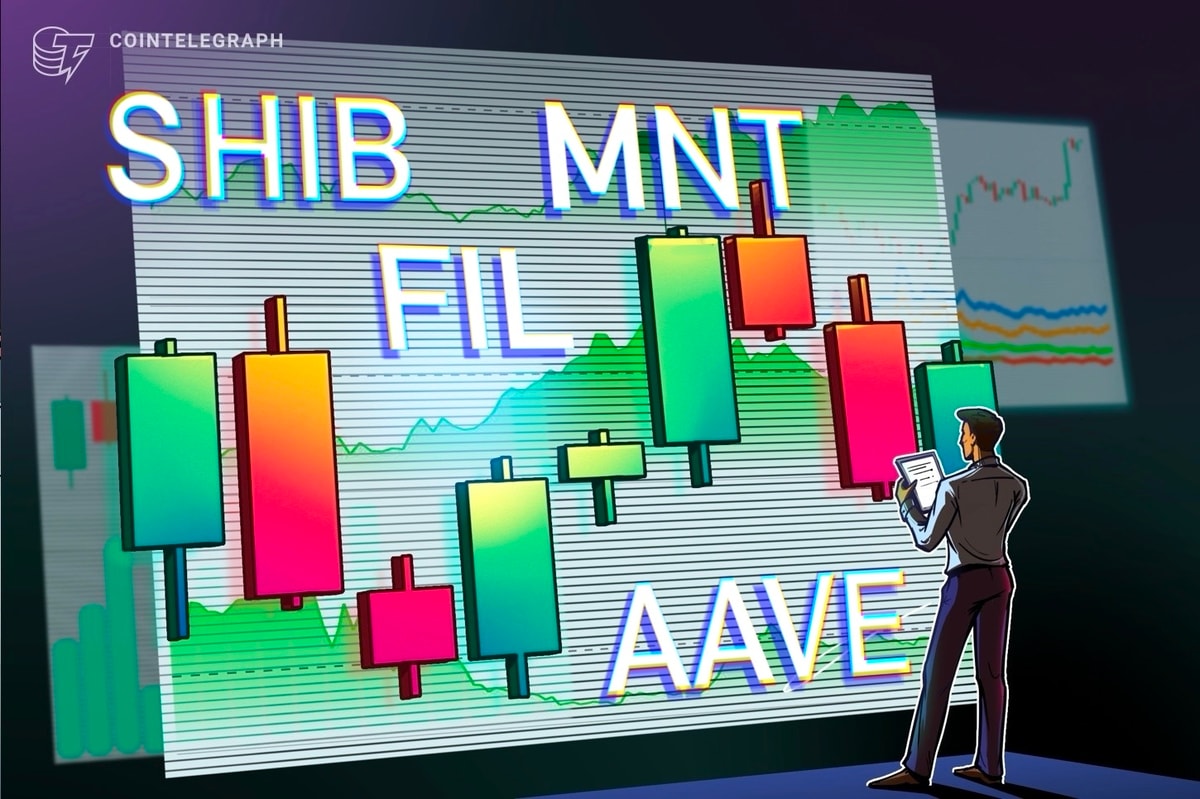The cloud storage market represents a significant opportunity for challengers to established players. Over the past decade, the shift toward cloud-based storage solutions has displaced legacy on-premise servers, giving rise to a new generation of rapidly expanding hyperscalers. As such, the market is ripe for disruption, with innovative technologies like the Filecoin network offering a decentralized alternative to traditional cloud storage providers.
What is the Filecoin network?
Filecoin is a peer-to-peer network that stores files, offering built-in economic incentives and cryptography to ensure files are stored reliably over time. Filecoin was developed as a decentralized alternative to traditional cloud storage providers, which operate in a market that is growing by nearly 35% per year.
More precisely, Filecoin enables the efficient use of storage resources and democratizes access to data, enabling users to store and retrieve data more securely, efficiently and transparently. Ultimately, Filecoin leverages the power of blockchain technology to create a market for unused storage capacity.
Filecoin is a complex and multi-faceted technology comprising a collection of products and services supported by a significant community with a hands-on mentality. Filecoin was first proposed in a white paper published by Protocol Labs, has developed its native token (FIL), and raised a $250-million initial coin offering (ICO) in 2017, enabling the development team to make significant progress toward achieving its goals.
Indeed, the Filecoin mainnet was launched toward the end of 2020 and has since emerged as one of the more popular and extensively adopted decentralized storage protocols.
It is an open-source cloud storage network that works complementary with the InterPlanetary File System (IPFS), a novel decentralized web protocol designed to supplant the traditional HTTP protocol. Unlike HTTP, which identifies data by location (such as a web page’s URL), IPFS identifies data based on its content rather than its location. This unique feature provides enhanced security, accessibility and transparency to the data stored on the Filecoin network.
The network is governed by the Filecoin Foundation, a nonprofit organization established to oversee the development and growth of the Filecoin ecosystem, whose primary objectives include advocating for digital rights and privacy. Indeed, one of Filecoin’s core objectives is to democratize access to data storage and empower users to retain control over their data.
Filecoin’s target audience includes individuals, traditional businesses and other organizations seeking secure, decentralized storage solutions. For instance, Filecoin has attracted public institutional users, the University of California, Berkeley and the City of Philadelphia. Importantly, via the Filecoin Virtual Machine (FVM), Web3 developers can build decentralized applications (DApps), data decentralized autonomous organizations (DAOs) and other solutions that leverage Filecoin’s storage infrastructure, providing decentralized storage solutions for their users.
How does the Filecoin network work?
At its core, Filecoin is designed to facilitate the efficient use of storage resources by creating a marketplace for unused storage capacity. This is achieved through a decentralized network of storage providers who earn FIL tokens by offering storage space to clients. Clients, in turn, pay miners in FIL tokens to store and retrieve their data.
The Filecoin network facilitates these transactions by matching the supply and demand on a decentralized and transparent market for storage. Indeed, the storage market is a crucial feature of Filecoin, where clients and miners interact to negotiate storage deals via transparent pricing. Clients can customize their contracts according to their needs, such as the duration, redundancy and storage price. Conversely, miners set their storage prices based on availability, reliability and location.
Crucially, the retrieval market is a secondary market for data access, where clients pay miners to retrieve their data. This market incentivizes quick and efficient data retrieval by rewarding miners who provide fast and reliable access to stored data. These primary and secondary markets uniquely provide users and suppliers with a more dynamic and efficient data storage and retrieval approach than traditional cloud providers.
Moreover, Filecoin employs unique proof-of-replication (PoRep) and proof-of-spacetime (PoSt) consensus mechanisms to ensure that files are securely stored and retrievable across the network. PoRep is a cryptographic proof that a miner has replicated a client’s data in its entirety, while PoSt proves that the data has been continuously stored for a specified duration. These consensus mechanisms are crucial for maintaining the integrity and availability of the stored data.
Filecoin’s key features and the advantages of using Filecoin
Besides its distinct benefits, Filecoin offers a range of advantages over traditional cloud storage providers. To start with the latter, the decentralized architecture allows data to be distributed across a global network of nodes, reducing the risk of data loss and enhancing privacy. The network’s consensus mechanisms ensure the secure storage and retrieval of data, maintaining the integrity of the stored files at all times.
This stands in contrast to traditional cloud storage providers, which rely on centralized servers that can be vulnerable to security breaches, outages and monopolistic practices. Crucially, in the light of Web3, outages on Web3(-oriented) platforms also undermine trust and user satisfaction and may bring about legal claims.
Besides, Filecoin’s incentivized participation model encourages users to contribute their unused storage capacity to the network in exchange for FIL tokens. This approach incentivizes network growth, leading to increased storage capacity and highly competitive storage prices.
As a relatively novel solution for data storage, one might wonder whether Filecoin is safe. Naturally, carefully choosing storage providers is crucial, considering factors like reputation, reliability and geographic location. Crucially, centralized storage is cost-effective and easy to manage but remains vulnerable to cyberattacks and data breaches.
On the other hand, Filecoin offers a decentralized nature and robust consensus mechanisms to ensure high security for stored data. Moreover, Filecoin’s scalability is another key advantage, with the network designed to grow organically as more users join the ecosystem. This ensures that storage capacity remains available even as demand increases.

How to stake FIL
Staking FIL inherently implies participating in the network as a storage miner. The process of staking FIL typically involves several steps. Miners must first acquire FIL tokens by purchasing them on cryptocurrency exchanges (or, of course, by earning them by providing storage capacity to the network).
Secondly, miners ought to set up a Filecoin node by installing the required software and hardware, configuring their systems to meet the network’s minimum requirements, and connecting their storage devices to said node(s).
Importantly, miners must stake a certain amount of FIL tokens as collateral, with the collateral amount depending on said miners’ storage capacity and other factors, such as the network parameters. After that, miners can begin offering storage and retrieval services to their clients, earning rewards in the form of FIL tokens for their contributions to the network according to the consensus mechanisms mentioned above.
It is important to note that while Filecoin offers an option for anybody to become a storage or retrieval provider, the network acknowledges that the cost of entry can be prohibitively high. This reality somewhat contrasts with the idea of utilizing otherwise idle storage capacity from users who can rent out extra storage space on their computer’s hardware to others who will pay them with FIL tokens.
Indeed, it appears that the “democratization of access to the cloud market” argument only really applies to where the demand side is involved. Since FIL mining requires significant investment in FIL collateral and equipment alike, mining and staking FIL is a viable option primarily for those who run data center infrastructures and other stakeholders with plentiful resources.
Is FIL a good investment?
As a decentralized storage network with a growing user base, FIL can offer long-term value for investors. Those wondering how to buy FIL tokens may refer to supported centralized or decentralized cryptocurrency exchanges. Importantly, to grasp whether FIL is a good investment, prospective buyers should consider fundamentals, market dynamics, competition and risk tolerance before investing.
FIL has a maximum token supply of 2 billion, with a circulating supply of approximately 403 million tokens. Of the total token supply, 70% is earmarked for mining rewards, which are proportional to network adoption. Moreover, the rate of new token issuance will gradually decline over time as the network matures, in theory ensuring the network’s long-term viability.
The current Filecoin system is complex and somewhat challenging to use, which can pose a barrier to adoption and thus growth. The Filecoin development team acknowledges that the network is still in its early stages of development and that there is room for improvement in speed and functionality.
Nevertheless, the network is actively working to implement additional features, such as smart contracts, to enhance the network’s flexibility and user-friendliness. This latest development has sparked conjecture regarding the potential of Filecoin to offer Web3 services with real-world applications, such as computing and storage, facilitated by its decentralized storage marketplace.
The future of decentralized storage solutions and Filecoin
The current hyperscaler cloud storage market is ripe to be challenged by Filecoin as it poses various concerns, including privacy, outages, censorship and high profit margins. The potential benefits of decentralized data storage solutions, including enhanced security, user control and affordability, have attracted significant attention and investment from a broad range of end-users and investors alike.
However, their adoption remains a substantial challenge due to their steep learning curve and the required shift in mindset and infrastructure, which may impede their widespread adoption. Decentralized systems are still relatively new and unfamiliar to many users and businesses, making it difficult for them to embrace these technologies fully. As such, the biggest hurdle for decentralized protocols may be their adoption.
Filecoin’s development efforts focus on several key areas, with numerous proposals dedicated to improving data indexing, delivery, payment models, privacy-preserving data processing and layer-2 scaling solutions. A crucial aspect of Filecoin’s vision is its emphasis on zero-knowledge proofs, central to preserving user privacy and facilitating self-sovereignty. As such, Filecoin is a promising technology that has the potential to revolutionize the world of decentralized data storage.
With its unique features and ambitious roadmap, Filecoin is poised to become a powerful catalyst in the storage space and beyond, challenging established providers and driving innovation in centralized and decentralized storage markets. By offering a secure, affordable and privacy-preserving solution, Filecoin has the potential to revolutionize the world of data storage and seamlessly facilitate the adoption of Web3 as a pleasant by-product.
Written by: Alexandra Overgaag










